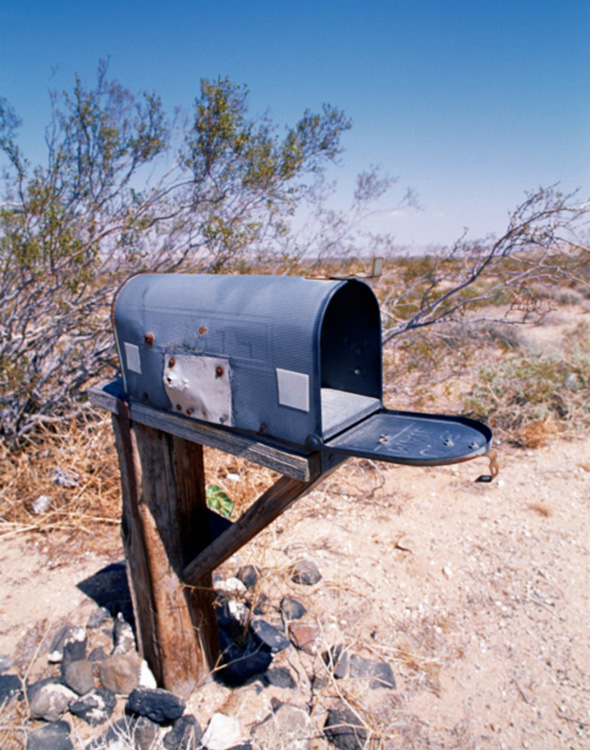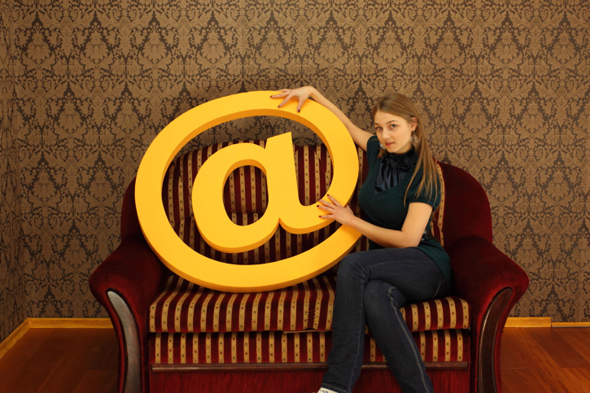Saving the Earth, One Email at a Time
Traditional marketing practices tend to use a lot of paper. Consider how you can make operations more sustainable with digital communications.
Marketing is not exactly known for being an eco-friendly industry. In fact, the U.S. uses about 68 million trees each year to produce 17 billion catalogs and 65 billion pieces of direct mail, according to the American Forest and Paper Association. However, as the world becomes increasingly more digital, marketers have an opportunity to use digital tools to boost their environmental sustainability and turn this reputation around.
Many businesses plant trees to celebrate Earth Day; however, marketers who instead champion digital communication within their companies will benefit from a sustainable practice that can become a foundational part of their business. Consider the following best practices to help your company become more environmentally friendly for a sustainable future.
Move from direct mail to email.
When it comes to eco-friendly behaviors, some industries are better — and some worse — than others. Real estate, for instance, is notoriously old-fashioned in its marketing habits, relying predominantly on direct mail to reach customers. On the other hand, retailers who have embraced the shift to ecommerce tend to lean toward digital marketing to communicate with their customers. Internet retailers, in particular, generate very little paper across their business practices, delivering receipts, catalogs and other solicitations electronically.
Reducing your reliance on direct mail to reach customers will have a significant impact on the amount of paper waste your business creates. Shift your focus toward email, and consider how your current marketing content could be delivered electronically. Could a digital newsletter replace a brochure, or an emailed promotion replace a print mailing? Begin introducing QR codes to your print mailings that, when scanned on a smartphone, lead prospects to a landing page where they can easily enter their email address to receive digital communications. Use your traditional marketing pieces to promote your email list generation, and show your customers how they’re supporting your commitment to the environment. Taking that first step to digital might keep thousands of trees firmly rooted where they stand, and drastically reduce paper mailings from ending up as landfill.
Switch to scannable content.
While the restaurant industry has, for the most part, made the initial transition to electronic communication, they’re still lagging behind other industries in how they’re using it sustainably. Restaurants frequently send digital coupons and promotions to their customers but require customers to print them for redemption. While the communication to the customer has minimal environmental impact, the customer becomes the culprit doing damage to the environment.
Make sure the coupons and offer codes you distribute via email can be scanned and redeemed directly from a smartphone or other mobile device. Use responsive design tools to ensure your entire message and the offers it contains are easy to read and scan regardless of the device. Think about ways you can entice your customers to use digital devices for redemption, such as extending a better offer like free delivery to those who don’t print. If your business has an ecommerce site in addition to a physical location, consider whether that promotion can be used online as well as in store, and give clear instructions for both use cases.
Transition processes to an online portal.
Amazon is a force of nature, driving seismic shifts in the ecommerce, marketing and fulfillment industries. The company is setting the stage for how to do business digitally today, and one way Amazon’s influence has reduced paper waste is through the company’s online portal to manage workflow processes. Rather than mail hard copies of receipts and product manuals with new purchases, Amazon gives customers access to digital versions of these materials through their online accounts. These records can be accessed anytime and anywhere, and they track a deep purchase history so customers need not worry about losing documents.
If your business has an online component, consider how building out a customer-facing portal could cut down on overall paper waste. Migrate workflows for receipts, instructions and manuals to this portal, and make it accessible through many mediums like web browsers, devices and even apps. Help your customers understand that they’ll always have access to the documents they need and that their use of your portal is benefiting a greater good — the environment.
Transitioning your marketing efforts to be digital-based might take a bit longer than planting a tree, but the impact on the environment can be similarly enduring. If you can’t get your hands dirty this Earth Day, think about how a few changes to your marketing practices can affect the world around you. We can all do our part by taking steps towards an environmentally sustainable future.







